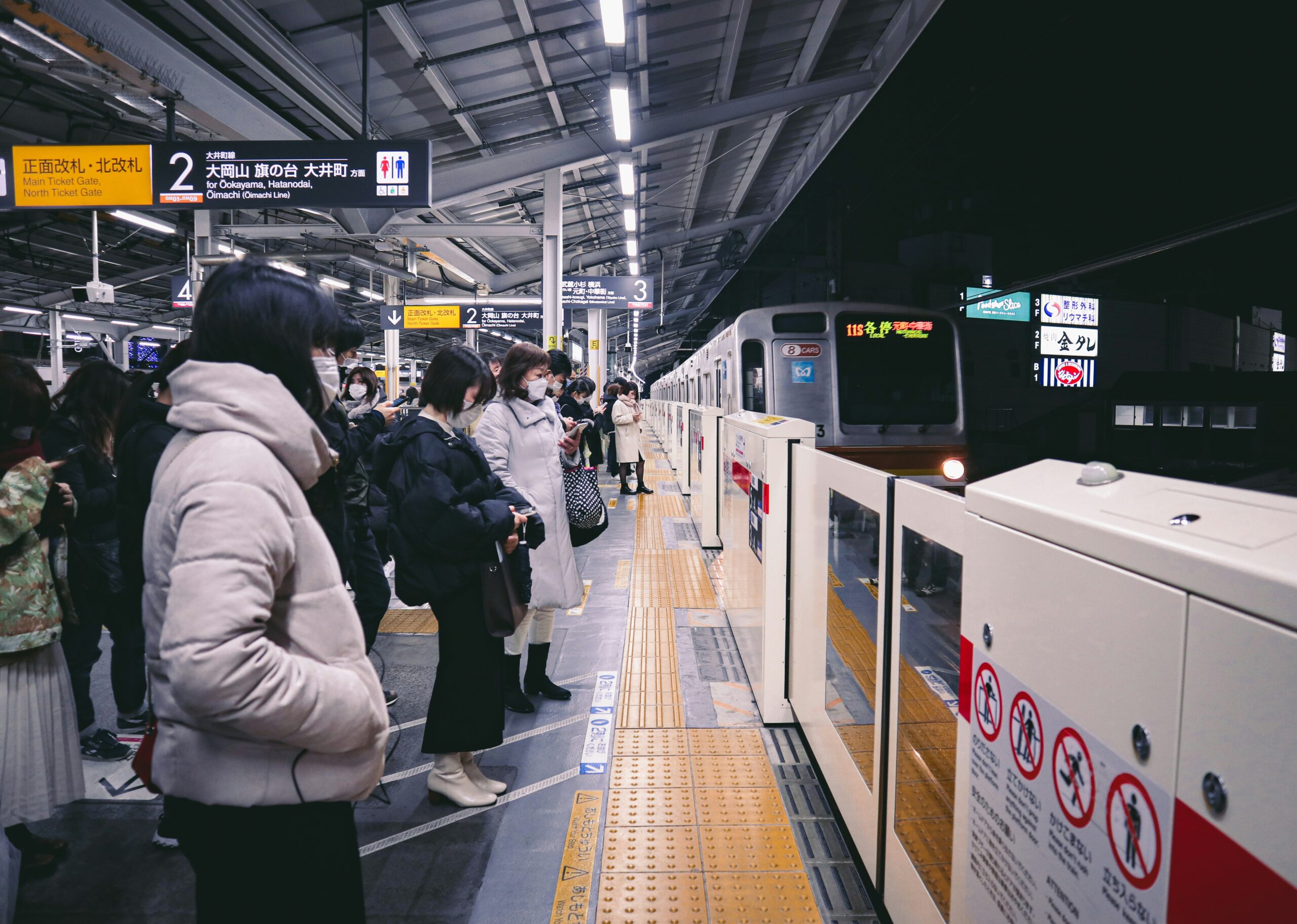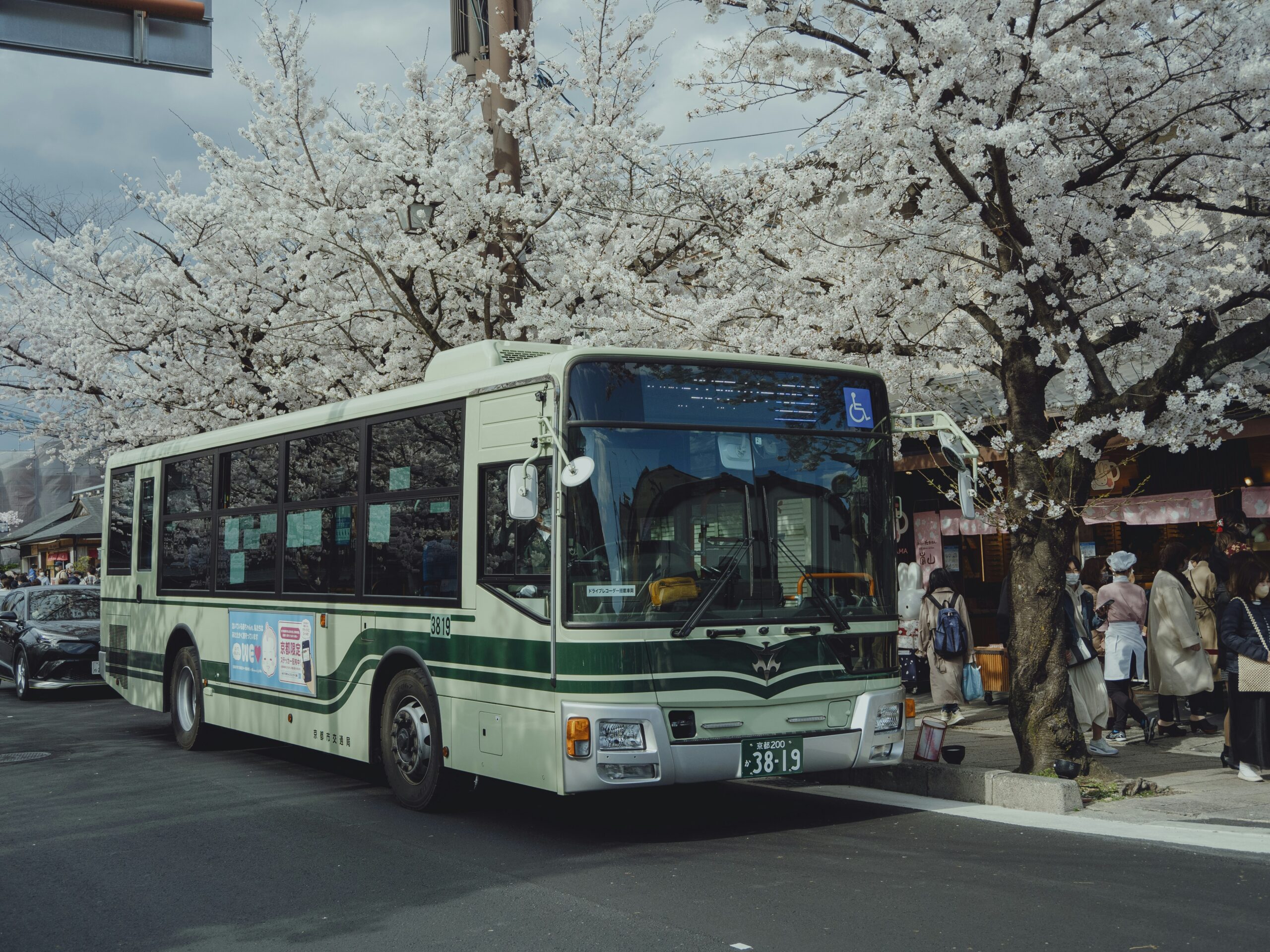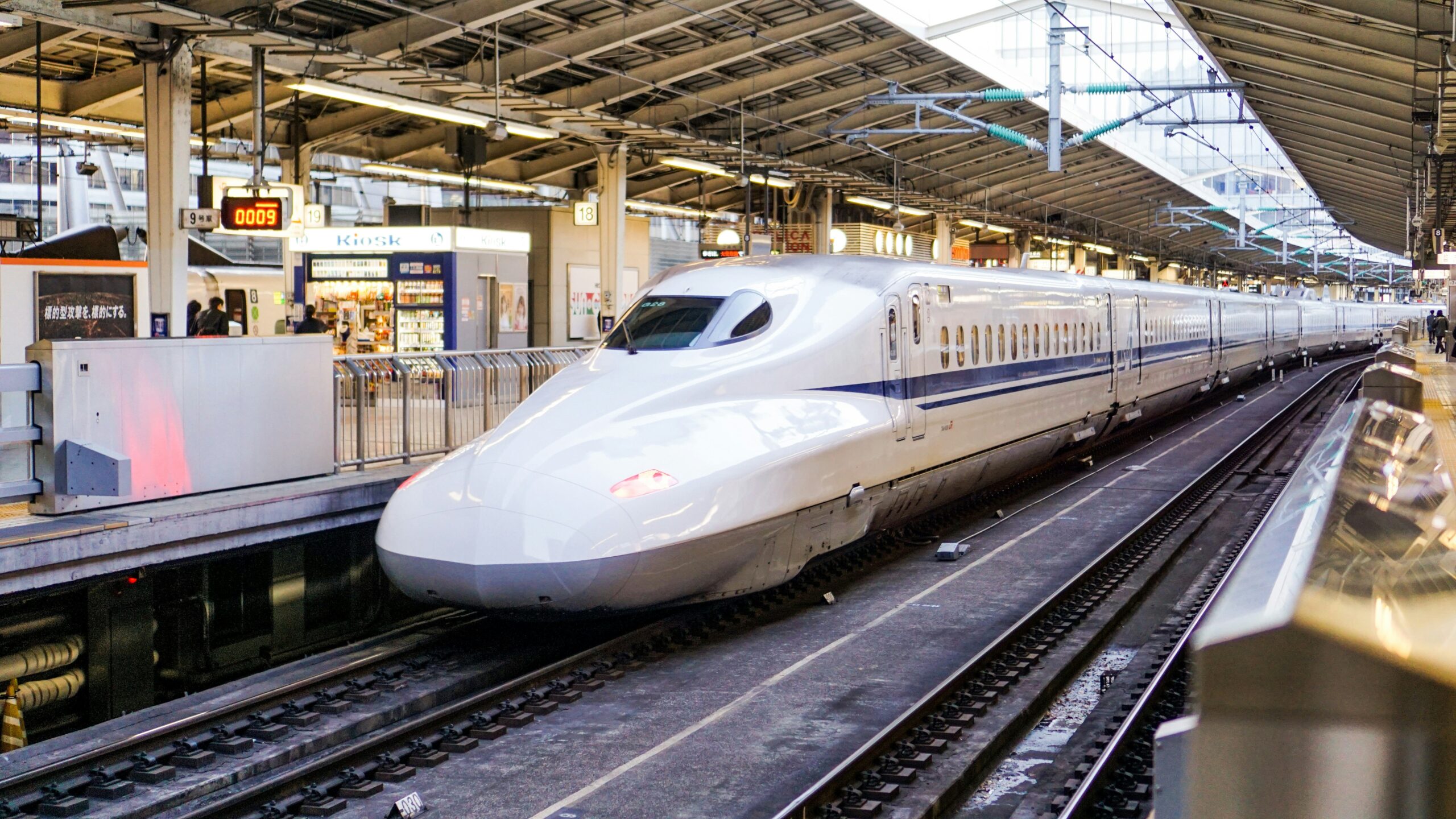So you’ve booked your flight to Japan, you’ve planned your dream itinerary, and now you’re thinking… how the hell do I actually get around over there?
Don’t worry — Japan’s transport system might look overwhelming at first (especially when you see those insane Tokyo train maps), but once you get the hang of it, it’s honestly one of the most convenient and reliable networks in the world.
In this guide, I’ll break down everything you need to know about getting around Japan – from the famous Japan Rail Pass, to Shinkansen (bullet trains), IC cards, and even buses and taxis. Whether you’re staying in Tokyo or travelling across the whole country, this post will help you avoid common mistakes, save money, and feel confident navigating Japan like a pro! 🚅

🚄 Japan Rail Pass (JR Pass) – Should You Get It?
The JR Pass is one of the first things people hear about when planning a Japan trip — and for good reason. It used to be the ultimate money-saver for anyone travelling long distances across Japan. For a fixed price, you could ride unlimited JR trains (including most bullet trains) for 7, 14, or 21 days.
But here’s the truth:
After the 2023 price increase, the JR Pass isn’t always worth it anymore. So before you buy it blindly, ask yourself:
- Are you visiting multiple major cities? (e.g. Tokyo → Kyoto → Osaka → Hiroshima)
- Are you doing those trips within a 1–3 week timeframe?
- Do you plan on riding Shinkansen trains frequently?
If yes, it might still save you money. If you’re just sticking around Tokyo or doing slower-paced travel, you’re probably better off just paying for trains as you go.
Also: you now need to book it online or at select stations, and it’s only available to tourists (you’ll need your passport to use it). I’ll break down the exact pricing and routes in a separate JR Pass post.

🚆 Train Travel in Japan – Your New Best Friend
Trains are the lifeline of Japan. From local commuter lines in Tokyo to the super-sleek Shinkansen, everything just… works. No delays, clean stations, polite staff — and vending machines literally everywhere.
Here’s a quick breakdown of the types of trains you’ll encounter:
- Local trains – Stop at every station. Best for inner-city travel.
- Rapid / Express trains – Skip some stops, a bit faster.
- Limited Express trains – Seat reservations available, more comfortable.
- Shinkansen (Bullet trains) – Ultra-fast, ultra-smooth, and yes, very cool.
Most of the time, all you’ll need is an IC card (we’ll get into that next) and Google Maps. Seriously — Google Maps in Japan is incredibly accurate. Just enter your location and it’ll tell you which platform to stand on, what train to get, and how much it’ll cost.
⚠️ Watch out for:
- Last trains are usually around midnight, so don’t miss the last one if you’re out late.
- Train etiquette is real – no loud talking, phone calls, or eating on local trains (save your snacks for the Shinkansen).
- Some stations are HUGE, especially in cities like Shinjuku. Give yourself time to find the right platform.

💳 IC Cards – Japan’s Tap-and-Go Travel Heroes
If there’s one thing that will make your life 100x easier while travelling around Japan, it’s an IC card.
Think of IC cards like a prepaid travel card that you just tap at the gates — no need to worry about train fares or buying tickets every time. You just load it with money and go.
There are a few types, depending on the region:
- Suica – Most common in Tokyo and eastern Japan
- Pasmo – Basically the same as Suica, used in Tokyo too
- ICOCA – Used in the Kansai region (Osaka, Kyoto, etc.)
- Toica, Kitaca, Manaca, SUGOCA, etc. – Other regional versions
The best part? These cards work almost everywhere, no matter the name. You can use your Tokyo Suica card in Osaka, Fukuoka, or even Sapporo with no issues. You can also use them at:
- Convenience stores (yes, you can pay for your onigiri with it)
- Vending machines
- Buses and trams
- Even some restaurants and shops
Most people just get Suica or Pasmo — and if you’re visiting Tokyo, you can now add them directly to Apple Wallet or Google Pay (no physical card needed). Just top it up with your debit/credit card and you’re good to go.
⚠️ Quick note: Foreign credit cards don’t always work for topping up mobile Suica, but you can still use cash at machines to load your physical card.

🚌 Other Transport in Japan – Buses, Taxis & Domestic Flights
Trains are the star of the show in Japan — but there are a few other ways to get around that might be worth knowing, especially for longer distances or smaller towns.
🚌 Highway & Local Buses
Japan has a surprisingly good bus system, especially overnight buses (like Willer Express). These can be a budget-friendly alternative to the Shinkansen. You can get from Tokyo to Osaka overnight, with reclining seats and even blankets provided.
Local buses also come in handy in places like Kyoto or rural areas where trains don’t go. Most of the time, IC cards work here too — just tap when you board and tap again when you get off.
🚕 Taxis
Taxis in Japan are super clean, reliable, and… not cheap 😅. They’re best used when you’re travelling with luggage, late at night, or stuck somewhere without trains or buses. Good to know:
- The doors open automatically (don’t try to open it yourself)
- You can pay with cash or IC card — and often credit card too
- Drivers usually don’t speak English, so showing the address on your phone helps a lot
✈️ Domestic Flights
If you’re going from Tokyo to Okinawa or Hokkaido, flying might be faster and cheaper than the train. Budget airlines like Peach, Jetstar Japan, and Skymark offer great deals — just watch the luggage rules.

🚄 Shinkansen – The Legendary Bullet Trains
You can’t talk about transport in Japan without mentioning the Shinkansen — the ultra-fast, super smooth bullet trains that Japan is famous for. These trains feel more like planes on rails, and they connect all the major regions of Japan.
- Speed: Up to 320 km/h, but still smooth and quiet
- Comfort: Spacious seats, spotless interiors, and always on time
- Routes: Tokyo ⇄ Osaka, Kyoto ⇄ Hiroshima, and even as far as Hokkaido!
You can buy Shinkansen tickets at any major station, but you’ll often get a better deal if you book in advance or use a JR Pass (which we’ll cover in a dedicated blog).
⚠️ Pro tip: For tourists, you can now book Shinkansen seats online using services like SmartEX or JR East Train Reservation, even from outside Japan. Super handy if you want to reserve before arriving!

✈️ Getting to and from Japan’s Airports
Japan’s major airports are all well-connected, and you’ve got a few solid options depending on your style and budget.
✈️ Tokyo (Narita & Haneda)
- Narita Express (N’EX): Fast, comfortable, and goes straight to central Tokyo
- Keisei Skyliner: Faster than N’EX but goes to Ueno instead of Tokyo Station
- Limousine Buses: Great if you’ve got a lot of luggage or want hotel drop-offs
- Local trains: Cheapest but take longer and can be crowded
✈️ Osaka (Kansai International – KIX)
- Haruka Express: Connects KIX to Osaka and Kyoto
- Nankai Rapi:t: Stylish train to Namba Station
- Airport buses: More flexible if you’re staying outside central Osaka
Most airports also have IC card top-up machines, SIM card vending machines, and even luggage forwarding services — so your arrival is usually smooth and stress-free.

🧳 Final Thoughts – Getting Around Japan Is Half the Adventure
Japan’s transport system is honestly next-level. Whether you’re riding the lightning-fast Shinkansen, tapping your Suica through a train gate, or relaxing on an overnight bus, it’s all part of the experience.
If you’re new to Japan, it might seem a bit overwhelming at first — but once you get the hang of it, you’ll see why everyone raves about how efficient and reliable it is.
In the rest of this section, we’ll be breaking each topic down into detailed guides — so if you need help with JR Pass options, IC cards, how to use the trains, or airport transport, you’ll find all the info you need right here on the site.
Enjoy the ride! 🚅🇯🇵

